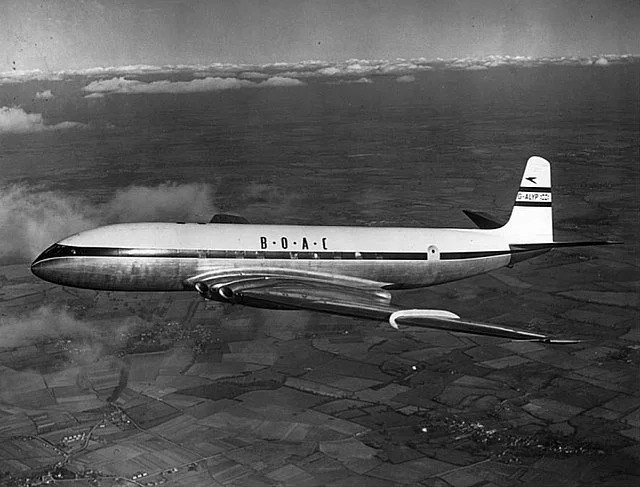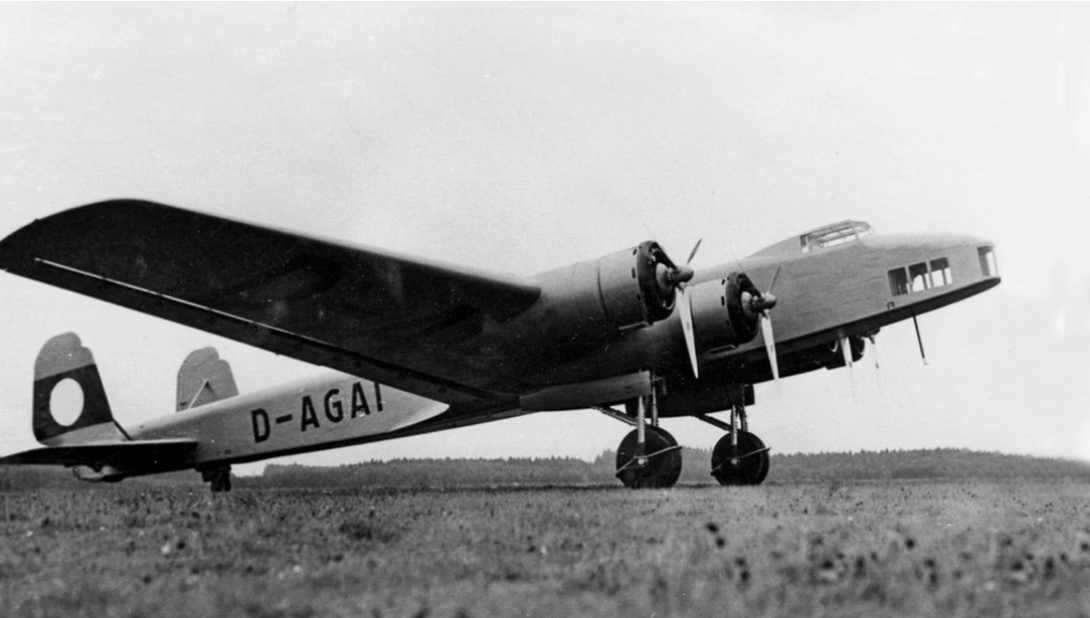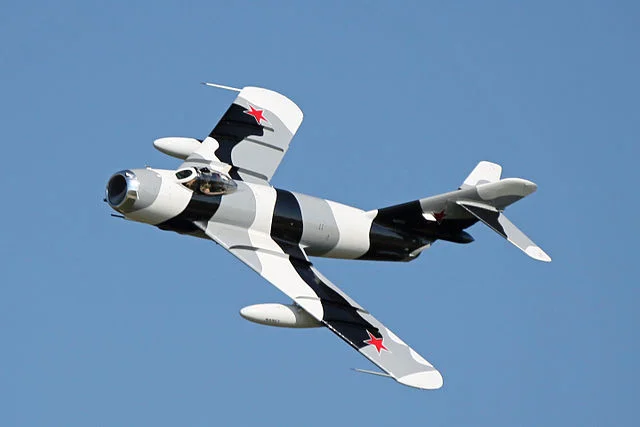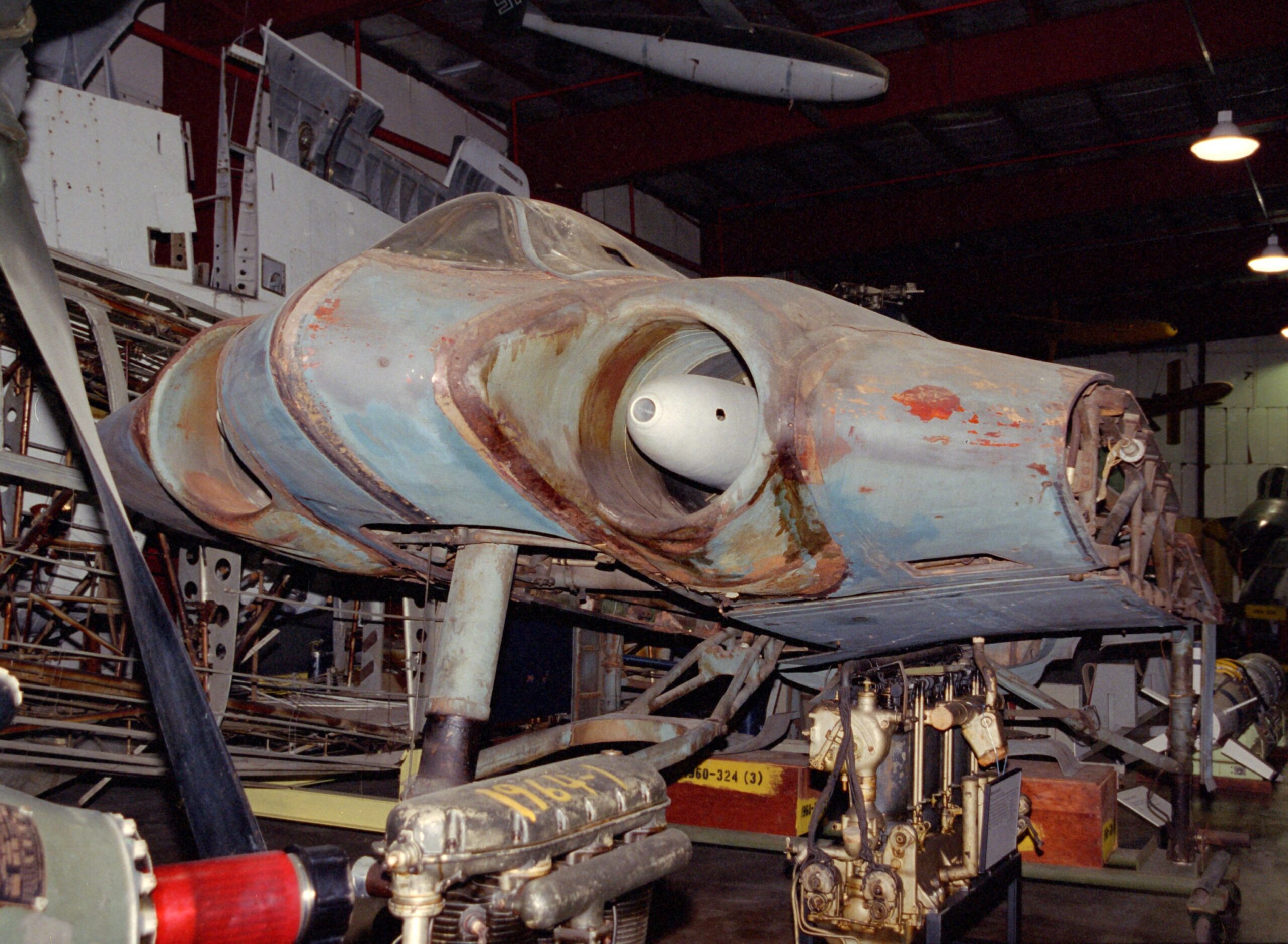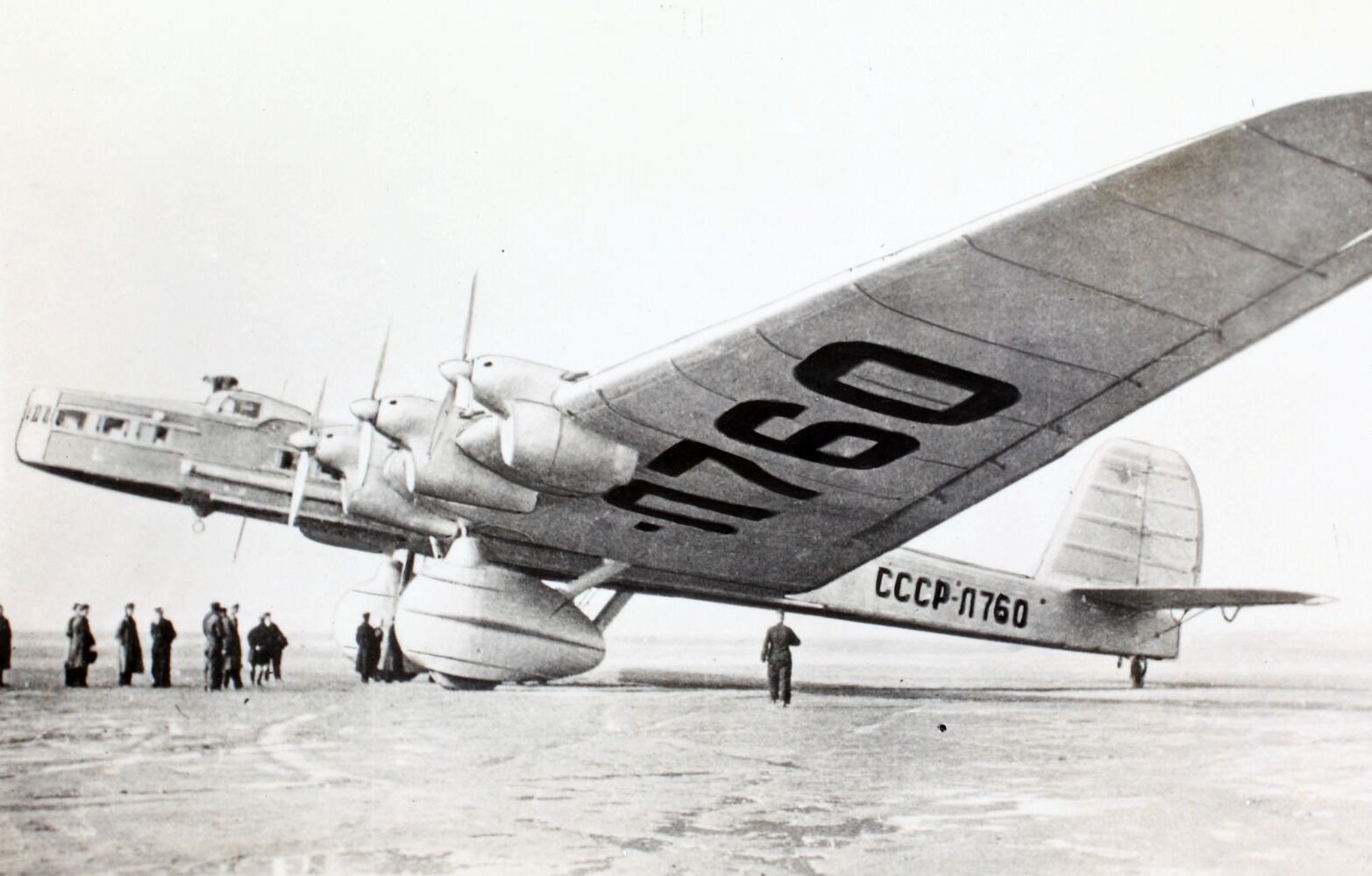On May 2nd, 1952, the world’s first scheduled passenger flight featuring a jet airliner took off from London Airport bound for Johannesburg in South Africa. The 36 passengers would experience a cruising speed of over 450mph, considerably faster than any other passenger aircraft then in service.
They would also enjoy a flying experience that was smoother and quieter than any piston-engine aircraft could provide.
The future of commercial air travel had arrived, courtesy of British aviation technology and the DH.106 Comet airliner. Soon, the shriek of jet engines would become commonplace and the term “jet set” would be used to describe the privileged few who enjoyed and romance and excitement of this new form of high-speed travel.
What no one could have guessed in 1952 was that the Comet airliner included hidden flaws that would lead to it being remembered not as the herald of the passenger jet age but as a misguided attempt to push technology beyond the boundaries of safety.
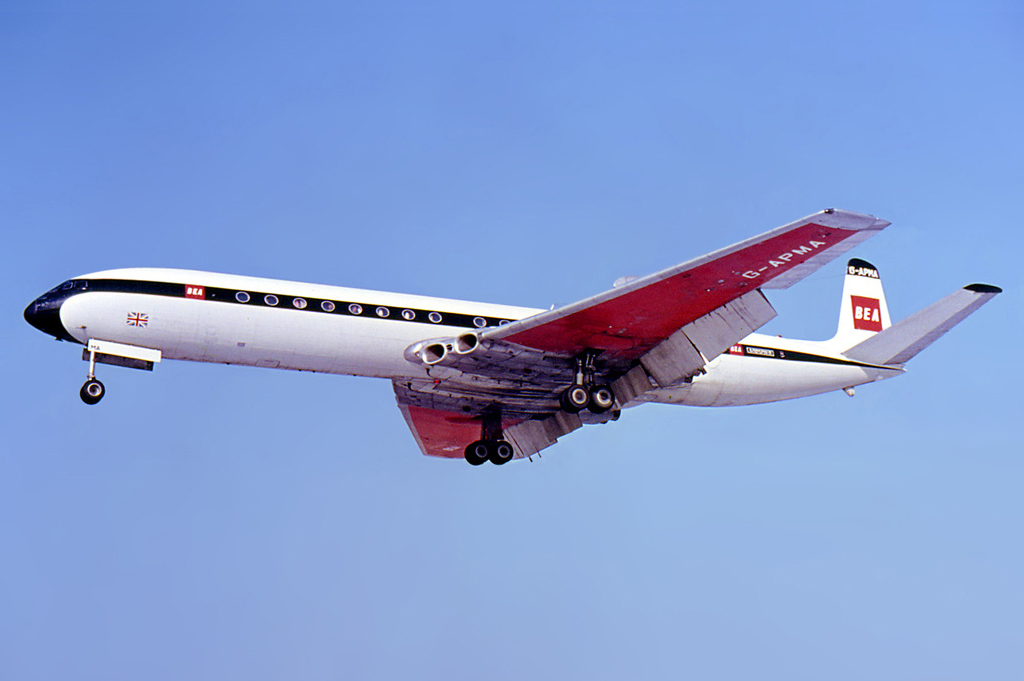
By 1954, 21 Comet airliners had been built but no less than five had crashed in unknown and mysterious circumstances. This is the story of the doomed Comet airliner.
Contents
Origin
When the Second World War began in 1939, the British aviation industry immediately switched entirely to the development and manufacture of military aircraft. Designs for new passenger aircraft were shelved and no thought was given to the development of new commercial aircraft.
Read More: Saab 35 Draken – Double Delta Dragon
By 1942, things had changed for the better. Britain was still at war with Nazi Germany and Imperial Japan, but it was by that time allied with both the United States and the Soviet Union and victory had begun to seem a real possibility.
In Britain, people began to consider what a post-war world might look like, and in particular, how the British Empire could maintain its position as a world superpower.

One thing that was evident was that air transport, and especially passenger air transport, would be a critical factor in allowing the far-flung elements of the empire to communicate and thrive. In December 1942 a new British committee was formed to consider post-war aviation, headed by a former aviation pioneer and Head of Aircraft Production, Lieutenant-Colonel John Moore-Brabazon, 1st Baron Brabazon of Tara.
By the Summer of 1943, the Brabazon Committee had produced a report that detailed the projects it believed that the British aviation industry should be considering. Many of these were short-term suggestions that involved the conversion of wartime bombers into post-war airliners.
These would lead to the development of stop-gap airliners including the Avro York (adapted from the Lancaster bomber), the Avro Tudor (based on the Lincoln bomber) and the Handley Page Hermes (a development of the Halifax bomber).

However, these were clearly no more than short-term solutions and the committee also made recommendations for the development of entirely new types of commercial aircraft.
One of the boldest was added at the urging of one of the committee members, Geoffrey de Havilland. This was for what became known as the Type IV, a high-speed jet airliner capable of carrying up to 100 passengers on both long and short-haul routes.
This was an incredibly bold proposal in 1943, and the design of the new airliner was entrusted to de Havilland.
The DH.106
The de Havilland Aircraft Company had produced a number of airliners before the war and had created not just jet military aircraft (including the DH.100 Vampire which would enter RAF service just after the war), but also had its own engine division, de Havilland Engine Company, which in 1942 had produced the first British production turbojet engine, the Goblin.
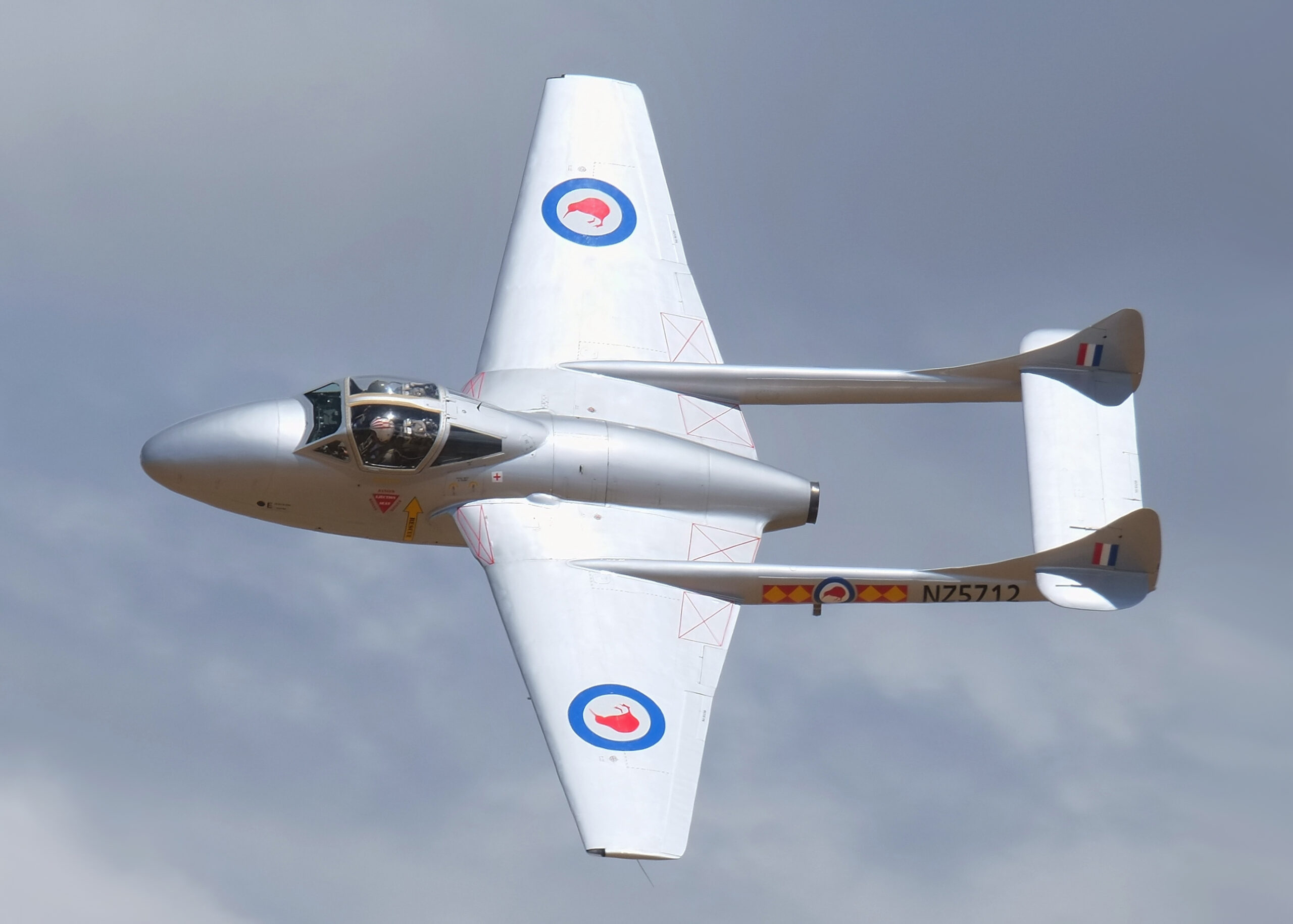
With its experience with both passenger and jet aircraft and jet engines, de Haviland was obviously well placed to create a design for a jet airliner and a secret project was started that would lead to the creation of a new jet airliner, the DH.106.
Detailed design work began soon after the war ended and after considering several radical configurations, including a tailless delta and a canard, the final design was for a low-wing monoplane with wings swept at 20˚ and with four Rolls Royce Avon turbojets buried in the wing roots (though delays with the development of this new engine meant that early versions of this airliner would be powered by de Havilland’s own Ghost turbojets).
Read More: Grumman X-29 – The Backward Wing Plane
The initial design was for an aircraft with space for just 36 passengers, but on the drawing board were much larger versions capable of carrying up to 100 passengers.

There was one important consideration that affected the design: fuel consumption. Jet engines used far more fuel than piston engines, and if the new airliner was to have a useful range, it had to fly very high, at 35,000 feet, where the thinner air created less drag and made cruising more efficient.
This would also mean that the new aircraft would fly above most bad weather, providing passengers with a much more comfortable experience.
Flying at high altitudes would require a pressurised passenger cabin where on each flight, cabin pressure would be increased as the aircraft climbed and then bled off as it descended. The cabin of the DH.106 was actually designed to expand at altitude and contract as the aircraft descended.
Military aircraft with pressurised crew compartments had been used during the Second World War, but this had not been attempted with a jet passenger aircraft that would experience a higher rate of rapid pressurisation/depressurisation cycles.
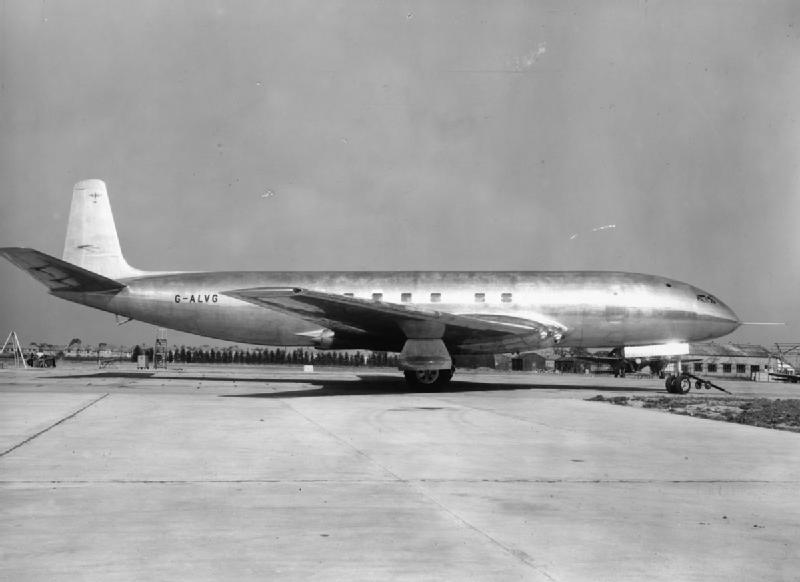
In 1947/48 de Havilland built a stress-test rig and carried out extensive testing of the pressurisation system for the new aircraft. This revealed no serious problems and on 27th July 1949, the prototype DH.106, now named the Comet, made its first flight from Hatfield Aerodrome, a private airfield owned by de Havilland.
The new aircraft was a revelation, fast, smooth and with predictable and stable handling. In January 1952, the first Comet airliner received its certificate of airworthiness.
There was nothing quite like the Comet at the time and orders soon began to arrive from airlines around the world. Unfortunately, within less than six months of the first commercial flight of the Comet, unexplained accidents began.
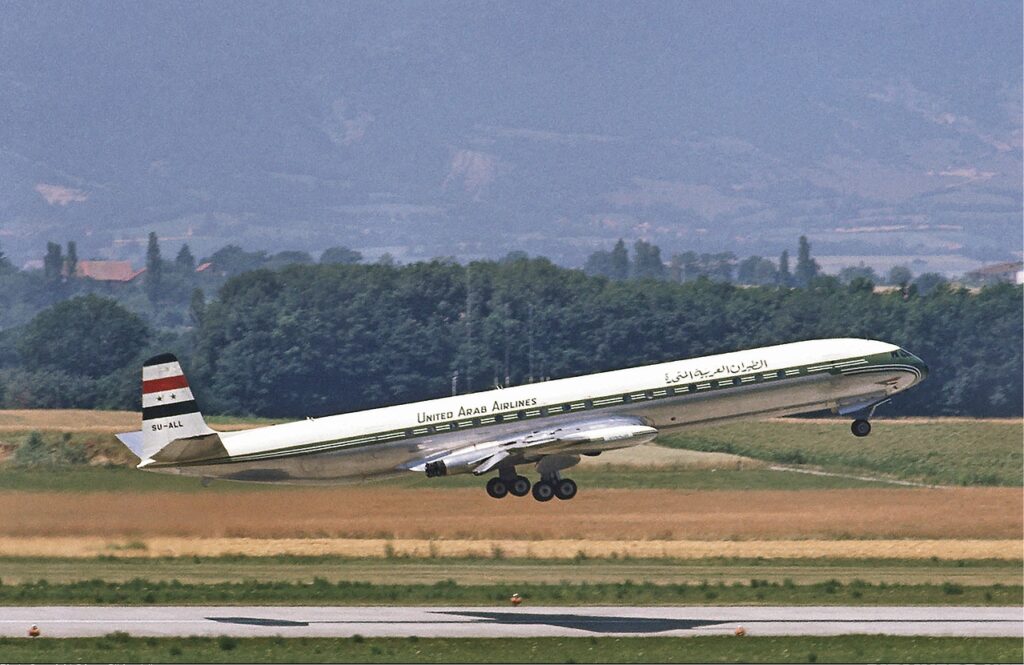
Accidents
On October 26th 1952, a BOAC Comet failed to become airborne while attempting a take-off at Ciampino airport in Rome. It ran off the end of the runway, injuring two passengers and destroying the aircraft. On March 3rd 1953, a Canadian Pacific Airlines Comet had a similar problem when attempting a take-off from Karachi airport in Pakistan.
The aircraft was destroyed and this time, all five crew members and six passengers had the unfortunate distinction of becoming the first jet airliner fatalities.
Initially, both these take-off accidents were attributed to pilot error. Only later would it be discovered that at high angles of attack, the Comet’s wings lost lift and the engines lost power.

Wings and engine intakes were redesigned, but this would prove to be only the first example of where the new technology used in the Comet was pushing the boundaries of what was known and understood.
On 2nd May 1953, a BOAC Comet crashed six minutes after taking off from Calcutta airport in India. All 43 people on board were killed and witness reports suggested that the aircraft had broken up in flight. An enquiry once again identified pilot error as the cause, claiming that the aircraft had been overstressed after the pilot had pulled too rapidly out of an inadvertent dive in thick cloud.
Read More: Airbus A380 – The Boeing 747 Nemesis
Then, on 10th January 1954, a BOAC Comet disappeared while en route from Rome to London, the last leg of a Singapore-London flight. The weather was good, no distress call was received and wreckage recovered from the Mediterranean Sea close to the island of Elba suggested that the aircraft might also have broken up in flight. There were no survivors.

The Comet fleet was briefly grounded while a committee of enquiry looked into this accident. However, there was pressure on the committee to complete its investigation quickly and before the recovered wreckage had been fully analysed: the good name of the Comet and the prestige of the British aviation industry were at stake.
Although it had access to only limited evidence, the committee concluded that fire had been the most likely cause of this crash and recommended modifications to decrease the fire risk. On March 23rd 1954 the Comet was permitted to resume passenger operations. Just two weeks later, a South African Airways Comet vanished over the Mediterranean while flying from Rome to Cairo.
Once again, the weather was good, there had been no distress call and none of the 21 people on board survived. The Comet’s certificate of airworthiness was immediately revoked and all Comet airliners were grounded. All airline orders for Comet airliners were cancelled.
Investigation
Autopsies on bodies recovered from both crashes in the Mediterranean revealed that passengers and crew had died as a result of explosive decompression. The Secretary of State for Civil Aviation ordered an investigation into the crashes and the Royal Aircraft Establishment (RAE) at Farnborough was given responsibility for this.

A complete Comet fuselage was enclosed in a huge water tank where the cabin could be filled with water under pressure. This was pressurised and depressurised at three-minute intervals, allowing rapid analysis of the long-term use of the Comet.
On 24th June 1954, the Comet fuselage in the test tank ruptured after around 3,000 pressurisation cycles. Analysis showed that the repeated cycles had induced cracks in the aircraft’s skin which then suddenly propagated to begin a catastrophic disintegration. The root problem was found to be something that was relatively little-understood at the time: metal fatigue.
The pressurisation in jet aircraft was much more rapid than in lower-performance piston engine aircraft and these rapid cycles led to fatigue and the creation of areas of stress, particularly around openings in the aircraft’s outer skin.
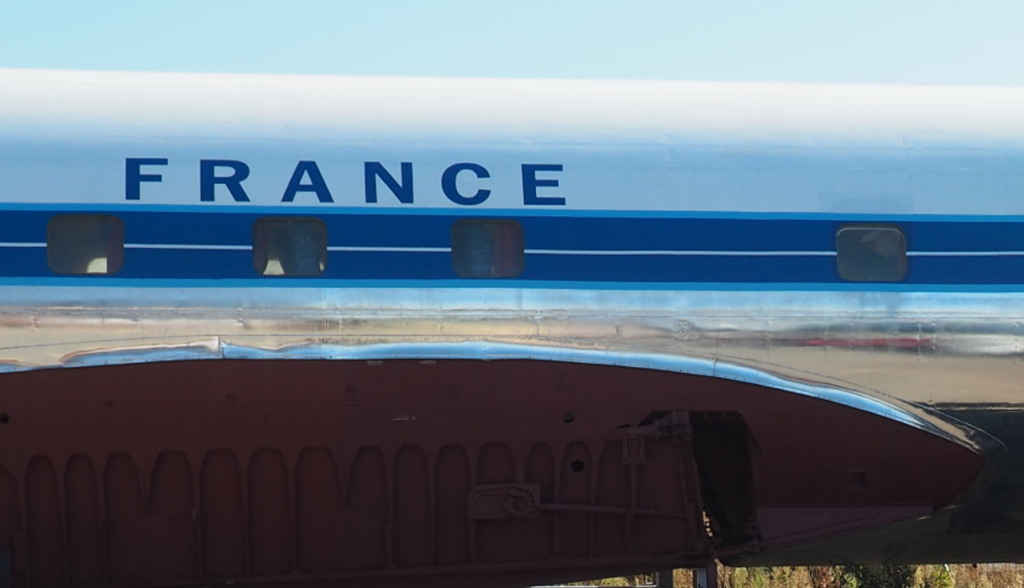
This led to the formation of tiny cracks that could explosively propagate during a period of maximum pressure, leading to catastrophic structural failure. Detailed analysis of the wreckage recovered from the crashes in the Mediterranean in 1954 confirmed that this was the cause of both aircraft losses and most likely also the cause of the crash in India in 1953.
How Many De Hallivand Comets Were Made?
Including the prototypes, de Hallivand built 114 Comets. Though it was one of the fastest commercial jets of the era, this plane ceased operations because of its fatal design flaws. And so, de Hallivand redesigned it to attempt to reduce crashes. However, American jets overtook this plane in terms of speed and size. Plus, Hawker Siddeley bought the company that designed the Comets. Therefore, production of the Comet ceased, and now only one Comet remains.
Conclusion
The original Comet I never carried another passenger after the crash in April 1954. The Comet 2 and 3 were never used as commercial airliners and it would not be until 1958 that the redesigned, improved (and safe) Comet 4 would finally resume passenger operations.
But by that time, the successful and popular Boeing 707 and Douglas DC-8 airliners were becoming available and the Comet name was irrevocably tainted. Passengers simply didn’t want to travel on an aircraft that was associated with so many dreadful accidents and airlines were wary of placing orders even for the improved Comet 4.
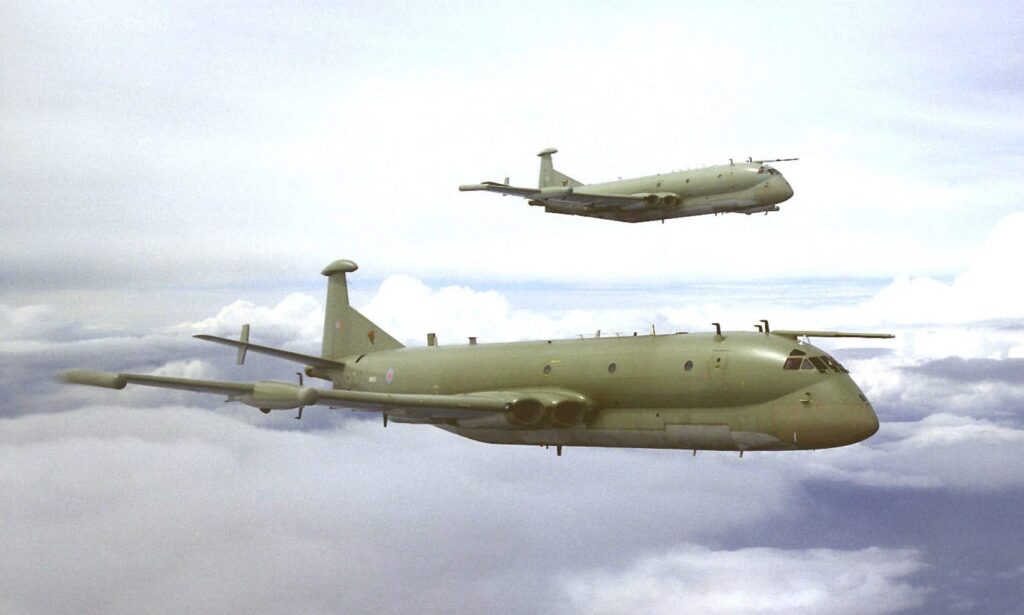
Only around 70 Comet 4s were built and proposals for a Comet 5 never went into production. The last commercial Comet airliner flew in 1981 but the Comet 4 airframe and engines did find an unexpected new lease of life with the RAF, becoming the basis for the Nimrod maritime patrol aircraft that would remain in service until 2011.
When it entered service in 1952, the Comet was the first and only jet airliner available. It could have been a world-beater that might have led to the British commercial aviation industry rapidly growing and developing. Instead, the Comet became an example of what happens if technology is pushed too rapidly before all its ramifications are fully understood.
Read More: Convair XC-99 – The One-of-a-kind Giant
When jet passenger travel became widespread, it would be in American and not British aircraft that most people would travel. The Comet airliner was a bold experiment, but also a lost opportunity.
If you like this article, then please follow us on Facebook and Instagram.

